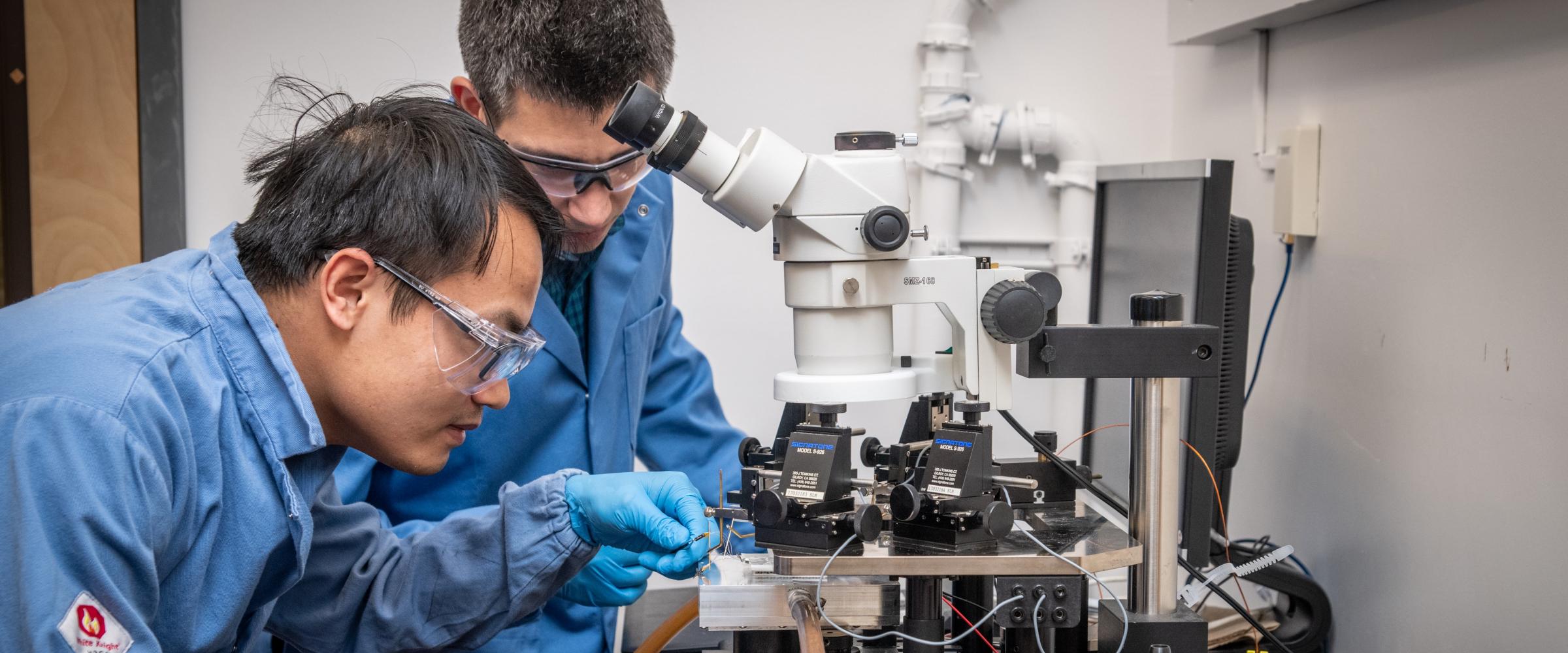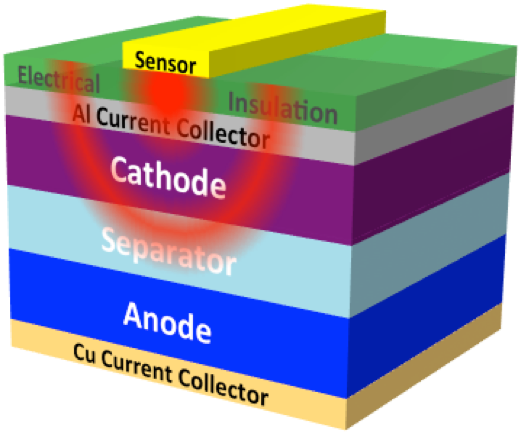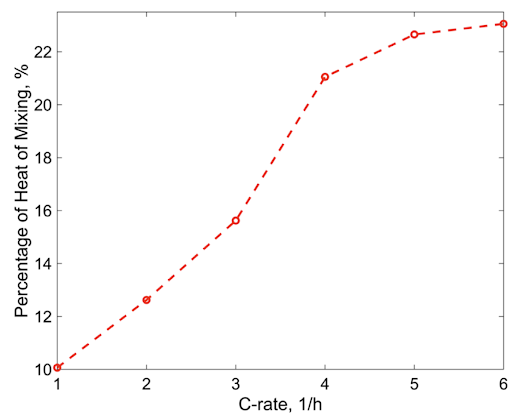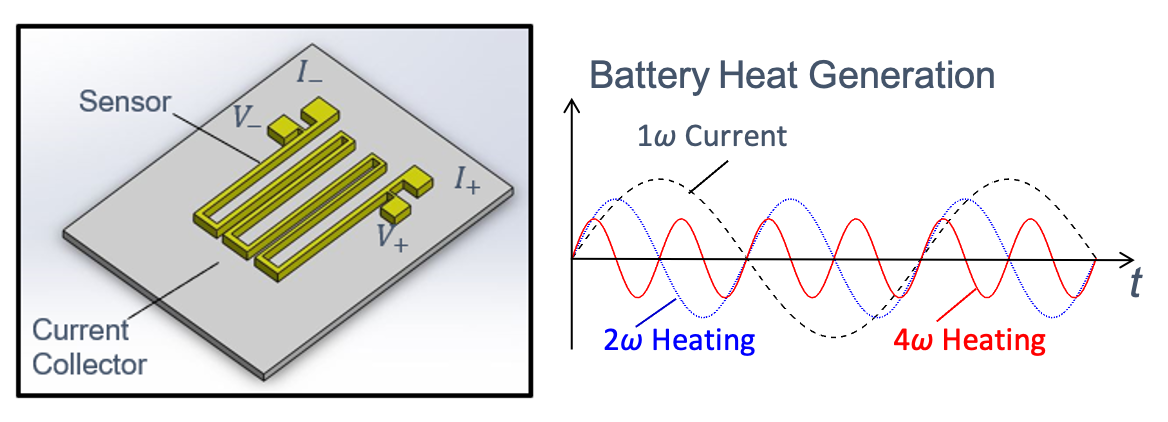Thermal Diagnostics and Management of Batteries
Thermal Diagnostics and Management of Batteries
Electrochemical batteries have become a ubiquitous form of small-scale energy storage for sensors and personal electronics. But in order to fully electrify transportation, which could reduce the U.S.’s total oil consumption by 70%, batteries need to be rechargeable in under 10 minutes. Furthermore, they need to be safe from catastrophic thermal failure, and able to operate in a wide range of temperatures. We are developing techniques to enable previously impossible measurements of the thermal and electrochemical properties of lithium-ion and solid state batteries, to make them safer, better performing, and capable of extreme fast charging.

 Our research is focused on providing battery cell materials-level thermal solutions by enhancing thermal transport material properties. Our approach is to: 1) Develop an embedded 3ω sensor for operando thermal characterization of batteries; 2) Identify thermal bottlenecks in Li-ion batteries during operation; 3) Explore various techniques to minimize the identified thermal bottlenecks without compromising electrical performance; 4) Understand thermal and electrochemical transport in buried interfaces in solid state cells from thermal signatures; and 5) Detect electrochemical phenomena using thermal signals. This project is funded by the
Our research is focused on providing battery cell materials-level thermal solutions by enhancing thermal transport material properties. Our approach is to: 1) Develop an embedded 3ω sensor for operando thermal characterization of batteries; 2) Identify thermal bottlenecks in Li-ion batteries during operation; 3) Explore various techniques to minimize the identified thermal bottlenecks without compromising electrical performance; 4) Understand thermal and electrochemical transport in buried interfaces in solid state cells from thermal signatures; and 5) Detect electrochemical phenomena using thermal signals. This project is funded by the 
